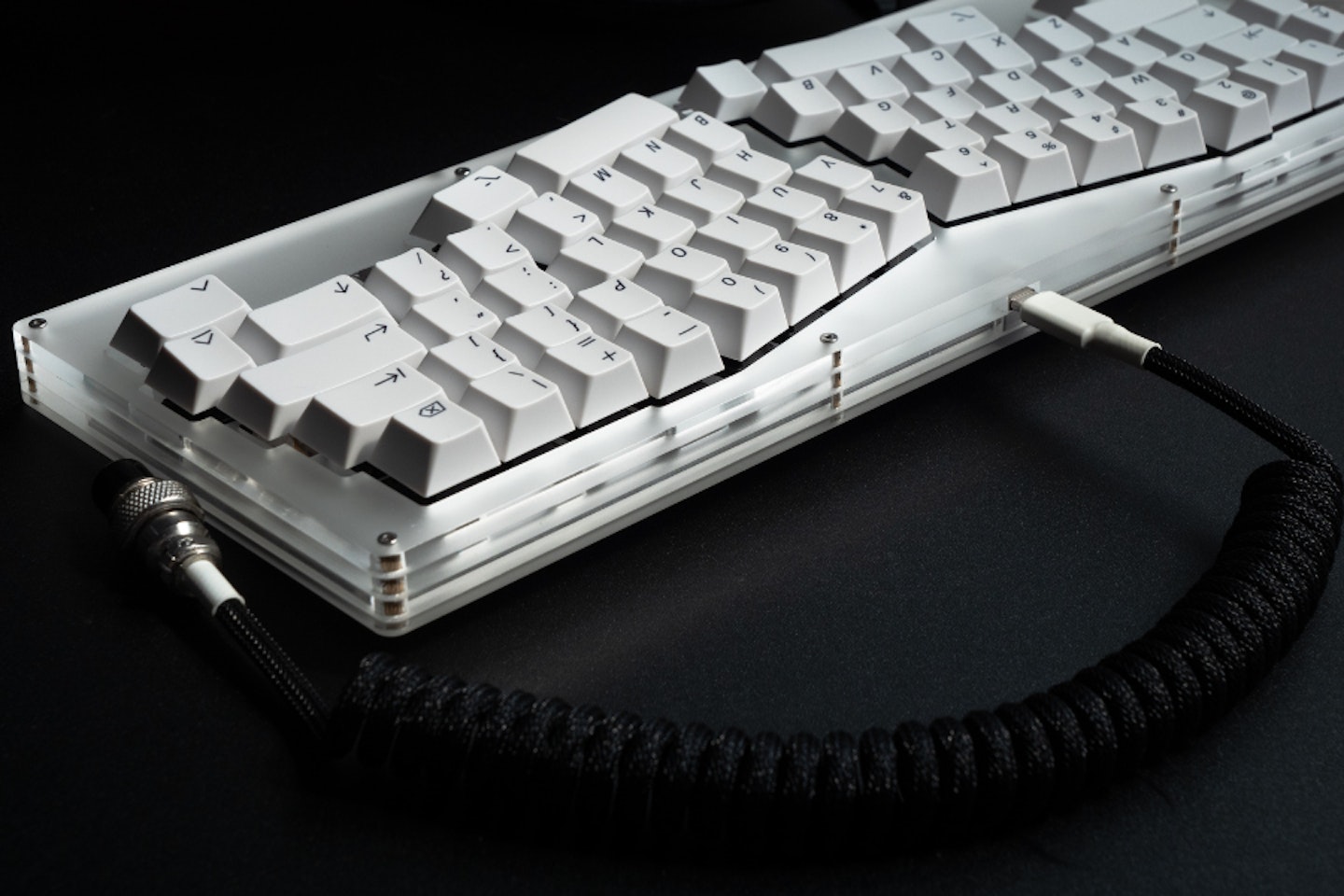A staple among office workers and easily some of the best keyboards around, ergonomic keyboards are perfect for plenty of typing - but what exactly are they?
Standard keyboards may be all well and good, but after hours upon hours of typing and deliberating, you might start to feel a little sore - wrists begin to ache, fingers become slightly stiff and work quickly becomes a death march, and that's where the best ergonomic keyboards come in.
Coming in all shapes and sizes, ergonomic keyboards are manufactured to provide the maximum amount of comfort at work, whilst also boosting productivity to the very next level, thanks to some truly phenomenal design.
What's an ergonomic keyboard?
An ergonomic keyboard is a type of computer keyboard designed to essentially minimise aches, pains and strains of desk work. Resting your wrists on the edge of a keyboard, straining and stretching for hours on end quickly becomes tiring for office workers, and can cause some long-term issues, not to mention make your work or home life particularly miserable.
Standard keyboards often have a uniform, flat design that looks appealing but isn't truly designed for use with human hands. These designs don't truly account for comfortability or chronic issues that can arise from awkwardly resting wrists and blocking blood flow to your hands.
Ergonomic keyboards use contouring and curved keys to allow for true comfortability during a long day of typing and rigorous working towards deadlines. Ergonomic keyboards, however, don't follow a strict design ethos, rather, they come in a variety of appearances, shapes and sizes that all offer differing levels of comfort for users.
From split designs to sculpted waves, manufacturers have found countless ways to reduce stress and strain on your hands and boost productivity simultaneously, so you're never sacrificing your work efficiency in lieu of comfort.

How do ergonomic keyboards work?
Ergonomic keyboards reduce aches and pains primarily through the wrists of users - having a curved, or tented design forces the user's wrist posture to become upright, so you're not losing blood flow to the hands while using it as intended.
While it isn't always the case, ergonomic keyboards often also have curved keycaps, as opposed to the rather unnatural shape of chiclet keys - giving users a contoured, comfortable feel that leaves standard keyboards feeling particularly uncomfortable.
Some keyboards are actually split into two sections, so users can distance the parts as much as they'd like, giving you a whole new realm of comfort whilst typing that admittedly takes some getting used to.
Can ergonomic keyboards be mechanical?
Mechanical keyboards are essentially keyboards that don't use a membrane for their keys, but rather they have individual switches for each key. This initially simple change is revolutionary for those who require accuracy, a boost in productivity and the fastest typing possible.
Ergonomic keyboards, whilst not typically mechanical, are available with mechanical switches (at a particularly higher cost at that), so you too can experience the absolute precision of a great mechanical keyboard.
Are ergonomic keyboards good for gaming?
If you happen to be a gamer, ergonomic keyboards are simply fantastic for hours of adrenaline-pumping combat, relaxing world exploration or just casual use.
With less wrist and hand tension, gamers can play for longer without feeling the stress and strain of carpal tunnel, and with easier-to-access keys, you can make decisions quicker, without deliberating on which key to press at a time - ergonomic keyboards make for some of the best gaming keyboards around.
Ryan Houghton is a tech writer and reviewer for What's The Best, specialising in PCs and gaming. He is a keen PC gamer and an avid reader.
Subscribe to the What’s The Best Newsletter to keep up to date with more of the latest reviews and recommendations from the rest of the What’s The Best team.
